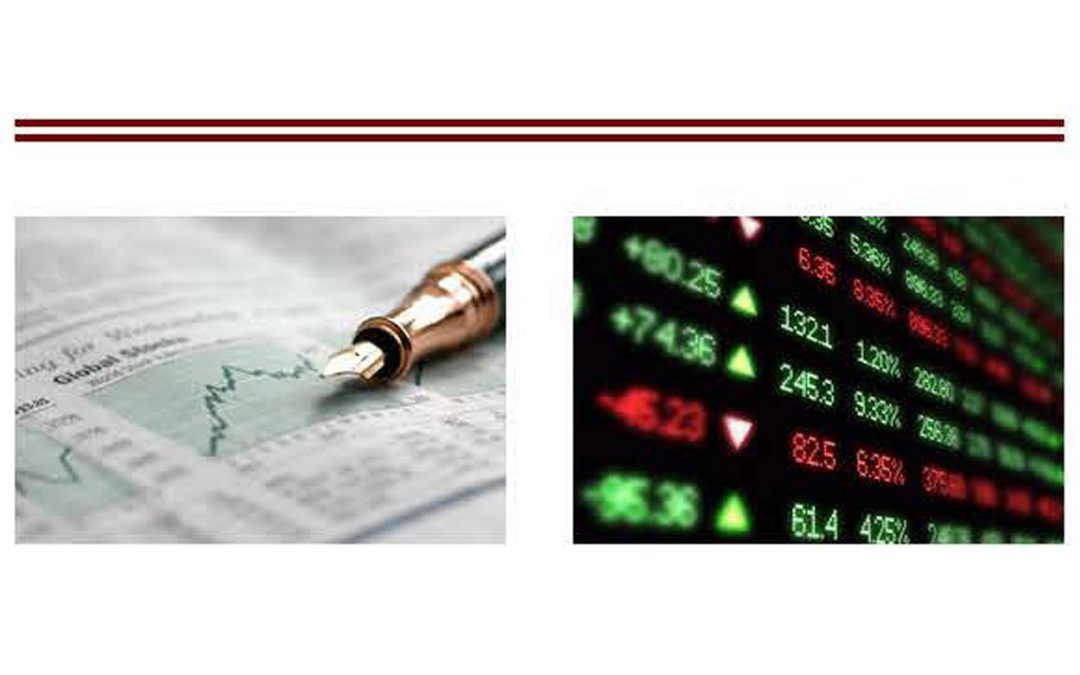The S+P 500 recorded its seventh consecutive quarterly gain in the third quarter, up 0.6% while the Dow was up 1.3%; However most stocks did not fare as well as the popular averages. The average diversified U.S. stock fund was down 1.9%. Small caps were especially hit hard with the Russell 2000 down 7.6% in Q3.
The turbulence below the surface has been sparked by a number of events that seem to be spooking investors. Investors are concerned about geopolitical tensions, Ebola, economic weakness in Europe, the strength of the U.S. dollar, valuations and next year’s probable end to easy Fed policy. Trading in early October shows a continuation of late September’s nervous trend downward.
While we agree that investors have reasons to worry, we think the bull market is still intact. We think we are getting into the latter stages of this bull market run but there are plenty of reasons to stay positive on stocks including: reasonable valuations, low inflation and interest rates, solid corporate earnings growth, and a Fed likely to stay accommodative longer than most analysts currently believe. As long as investors stay skittish, we think the bull market will continue to climb the “wall of worry.” Of course we will get corrections along the way, but that doesn’t mean the current uptrend can’t continue a while longer.
With last month’s initial public offering (IPO) of Alibaba (the biggest ever), more than a few of our clients have asked questions about our stance on IPOs. Given our investment philosophy, strategy, and discipline, we do not invest in IPOs for our clients. We encourage you to read more about why we avoid these stocks by clicking on the link below.’
Rate Normalization or Market Indigestion?
Growing confidence and steady improvement in the U.S. economy, especially among corporations, is permitting the Federal Reserve to finally unwind its long-standing and highly stimulative Quantitative Easing (QE) program in the next few weeks. The new Fed Chairwoman Janet Yellen provided insight into her policy agenda with her mid-September FOMC meeting minutes and press conference that offered
a largely unchanged path for the near term. We expect inflation to remain in check and interest rates to stay artificially low for at least the next several months. The Fed is now planning a transition to more normal (higher) rates that will surely influence how credit spreads and market liquidity behave. In anticipation of rate normalization, the “active” portion of our bond portfolios are currently at – and will remain – the shorter maturity end of the yield curve (1 – 3 years).
Interest rate and currency volatility, coupled with some of the narrowest credit spreads on record, cause us to remain cautious on lower credit quality corporate and municipal debt. We believe that high quality bonds serve a purpose in most high-net-worth portfolios as they can dampen volatility. Unfortunately, high quality intermediate term corporate bonds – currently around a 3% yield annually – provide inadequate coupon income for most investors. Further, U.S. short Treasury rates, those less than three months to maturity, have recently rallied to where they now yield negative rates of interest – a consequence of growing demand and limited availability. It is rare that investors willingly lose money on short-term investments in order to retain liquidity. In the past this has been a sign of growing investor discomfort with riskier assets.
Near term we remain constructive on the use of high quality bonds in portfolios yet are unwilling to purchase higher risk “bond imposters.” These are securities offering somewhat greater levels of yield or income at the cost of credit quality, guaranteed final maturities and/or liquidity. The impressive returns for these bonds over the past few years have now been realized–similar future returns are extremely unlikely. However, their equity-like and illiquid characteristics could cause violent price swings and/or sizeable negative returns as rate normalization occurs. The combination of new QE in Europe just as it ends in the US, growing geopolitical tensions, recent emerging market
lethargy, Dodd-Frank and resurgent debt-financed corporate stock buy-backs, could all impact the marginal buyer’s interest in holding bonds–especially those of lesser quality.
Please feel free to contact us to learn more about our current bond management practices.

